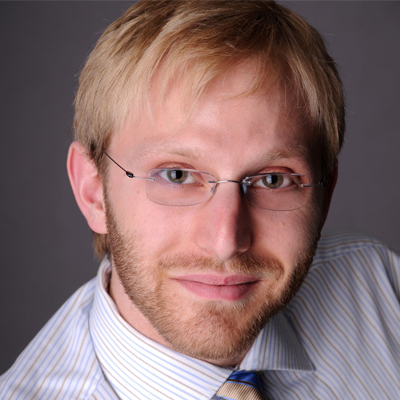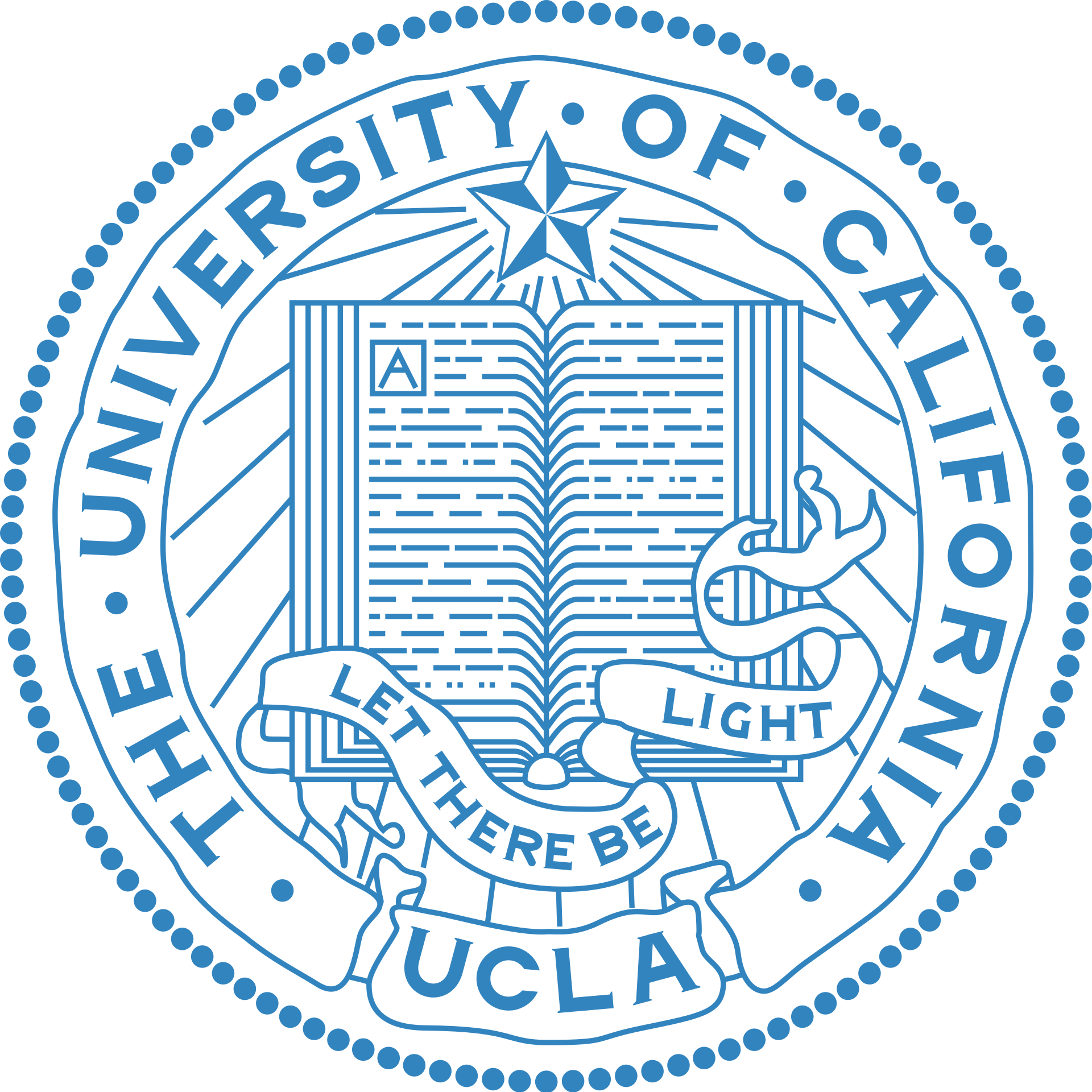New diagnostics and therapeutics with precision and affordable cost
Advances in microtechnology and information technology are leading to new innovations in understanding biology and improving health, enhancing the precision with which we diagnose diseases so that we can prepare personalized medicine catered to a patient’s specific needs in a cost-efficient manner. Dr. Dino Di Carlo, Professor of Bioengineering at University of California, Los Angeles, is engineering new systems, diagnostic devices, and therapies that will directly improve patient well-being. By exploiting the quirky physics at the micro - & nanoscale, he is able to simultaneously reduce costs and enable new modes to diagnose and treat disease.
With a diverse research laboratory of 21 postgraduate researchers and seven undergraduate student researchers, Dr. Di Carlo conducts highly interdisciplinary research and engages in active collaborations with researchers all across the US - at UCLA, Princeton, Stanford, MIT, Harvard, University of Washington, Tulane, Iowa State, and University of New Mexico, and internationally in Japan, Korea, China, Australia, Germany, and Italy. During each summer, Dr. Di Carlo also hosts four high school interns, exposing these students from underrepresented groups to cutting-edge research questions, instruments, and techniques. Moreover, Dr. Di Carlo firmly believes in bringing research from the lab to where it can directly benefit human health, and has co-founded three companies to commercialize research that will help diagnose disease at the cellular level, give the most effective cancer drugs sooner, and heal wounds rapidly.
Current projects include:
- New Drugs for Asthma: The Di Carlo Laboratory is developing a novel rapid and cost-effective approach to find new drugs to treat asthma. Current ways to treat asthma have included prescribing anti-inflammatory drugs or drugs that will relax the muscles and open up the airways, but not every patient responds the same. Dr. Di Carlo and his team have found ways to screen how much force a cell can generate quickly, by using microtechnology and microscopy to look at how the cells are contracting. Ultimately, they hope to find molecules that can reduce the amount of force that cells are generating, so these can be further developed into drugs that can rapidly and more efficiently open up the airways.
- Liquid Biopsy: Dr. Di Carlo has engineered a tool to isolate cancer cells from blood to reduce the need for biopsies. Dr. Di Carlo’s goal is to provide the simplest (and lowest cost) approach to help doctors make the best treatment decisions. His laboratory has developed the Vortex Chip to isolate larger cancer cells from smaller blood cells in blood, rapidly, and without clog-prone filters. This technology will enable clinical labs to rapidly isolate and analyze cancer cells to identify mutations. Doctors can use this information to specify the right drugs for each patient. Dr. Di Carlo has commercialized this approach through a company called Vortex Biosciences, and continues to test utility in lung, breast, prostate, colon, pancreatic, and skin cancers, as well as leukemias.
- Infection-resistant Orthopedic Implants and Catheters: Patients in medical facilities often have to rely on medical devices like catheters. However, when bacteria start to colonize these indwelling medical devices and form biofilms, sticky aggregates of bacteria and bacterial secretions, they can lead to bloodstream infection. Dr. Di Carlo is developing ways to prevent these infections and physically break up biofilms formed on implanted devices, by using magnetic fields that penetrate tissue and magnetic nanoparticles that can be injected within or near the implanted device. By disrupting the sticky films, antibiotics can penetrate deeper and become more effective, rescuing the implant from surgical removal and leading to better patient outcomes.
- Injectable Material for Fast Wound Healing: Dr. Di Carlo and his team are developing a new material to heal diabetic ulcers, burns, incisions, and other wounds by creating an injectable microporous scaffold for ingrowth of tissues. Current approaches to filling large wounds utilize a gel that prevents cell ingrowth into this material until it degrades. A better approach would be an injectable gel that both maintains mechanical support while it helps cells move and grow into the material, protecting the wound and leading to faster healing. There may be additional benefits of reducing scar formation with this method of fast healing, since scar forming cells have been found to be less involved in the healing process.

Bio
Since 2008, Dr. Dino Di Carlo has been on the faculty in the Department of Bioengineering at University of California, Los Angeles (UCLA), where he has made unique contributions across fields, uncovering fundamental microscale fluid physics, developing next-generation single-cell analysis tools, and connecting cell physical properties to underlying disease. During his Ph.D. at University of California, Berkeley, and Postdoc at Harvard, he developed a number of miniaturized platforms for single-cell analysis, cell encapsulation into small volumes, and cell separation uniquely taking advantage of physics at the microscale. He is currently a member of the California NanoSystems Institute and Jonsson Comprehensive Cancer Center (JCCC) at UCLA and has multiple collaborations with physicians in the David Geffen Medical School, as well as engineers, biologists, and chemists at UCLA..
Dr. Di Carlo’s group has a track record of contributions to science and technology: He was the first to develop fundamental approaches to use fluid momentum in microfluidic systems to manipulate cells. He introduced key ideas concerning how small changes in the shapes of fluid conduits could be used along with fluid inertia to manipulate, focus, and separate particles and cells in flows. These ideas were counter to the prevailing thought at the time but enabled unprecedented control in microfluidic systems. He has continued to pioneer the use of fluid momentum - developing unique approaches to program the shape of a flow, isolate rare cells, separate particles by shape or deformability, and control the spacing between particles in flow. He also advanced the field of cell mechanics. He showed that force applied to a cell during division directs the mitotic plane, a finding that has profound implications for tissue morphogenesis, in which tissue is folding and morphing during development. He also developed one of the first approaches to measure physical properties of cells at high rates to diagnose disease. CytoVale, a company that he co-founded, is now using this approach to develop rapid diagnostic tests. His leadership across fields has been recognized by numerous awards, invited lectures, as well as election to chair international conferences and appointment to the editorial boards of premier scientific journals. In synergy with his research leadership, Dr. Di Carlo has a track-record of excellence in mentoring undergraduate student teams in engineering design of healthcare solutions.
Dr. Di Carlo was inspired as a child by both the power of biotechnology and its impact on the world. Science fiction scenarios such as those depicted in Man After Man by Dougal Dixon portrayed the far future and how biotechnology would shape our own humanity in an evolving planet, and Dr. Di Carlo became fascinated by the power and flexibility of biological systems and evolution. He observed this power first hand in helping his father in the garden – it is still amazing how a tiny seed, with only soil, sun and water transforms matter to create a complex and beautiful organism. When he was a teenager, his mother was in nursing school, and Dr. Di Carlo became engaged in her learning, perusing her books. He started to pick up an understanding of physiology, pharmacology, and medical care and how it was precise, but not perfect, and limited by history and technology.
Dr. Di Carlo’s vision for the future is that micro and nanotechnologies that can interface with the scale of biology and automation approaches for biological research will lead to exponential gains in our quantitative understanding of biological systems. He believes such a detailed understanding is necessary to lay the foundations for eventually “engineering biology” and creating the new industries of the 21st century. In the short term, Dr. Di Carlo is also motivated to use these technologies to develop new therapies and diagnostics to improve healthcare for patients today. He has had success in bringing his research out of the academic setting, co-founding three companies to commercialize research developed in his lab that will help diagnose disease at the cellular level, give the most effective cancer drugs sooner, and heal wounds rapidly.
For more information, visit www.biomicrofluidics.com
In the News
Real Clear Science


